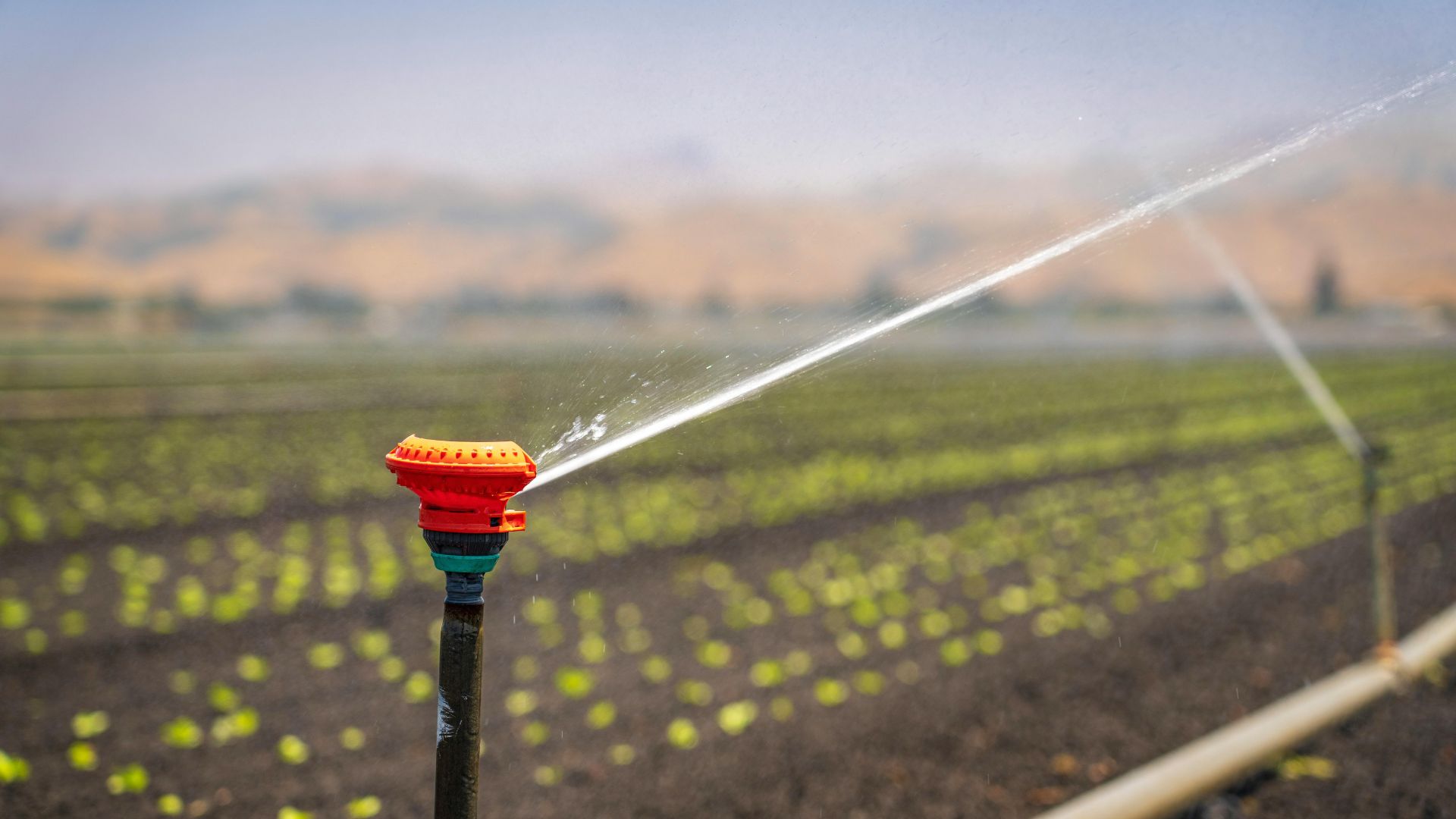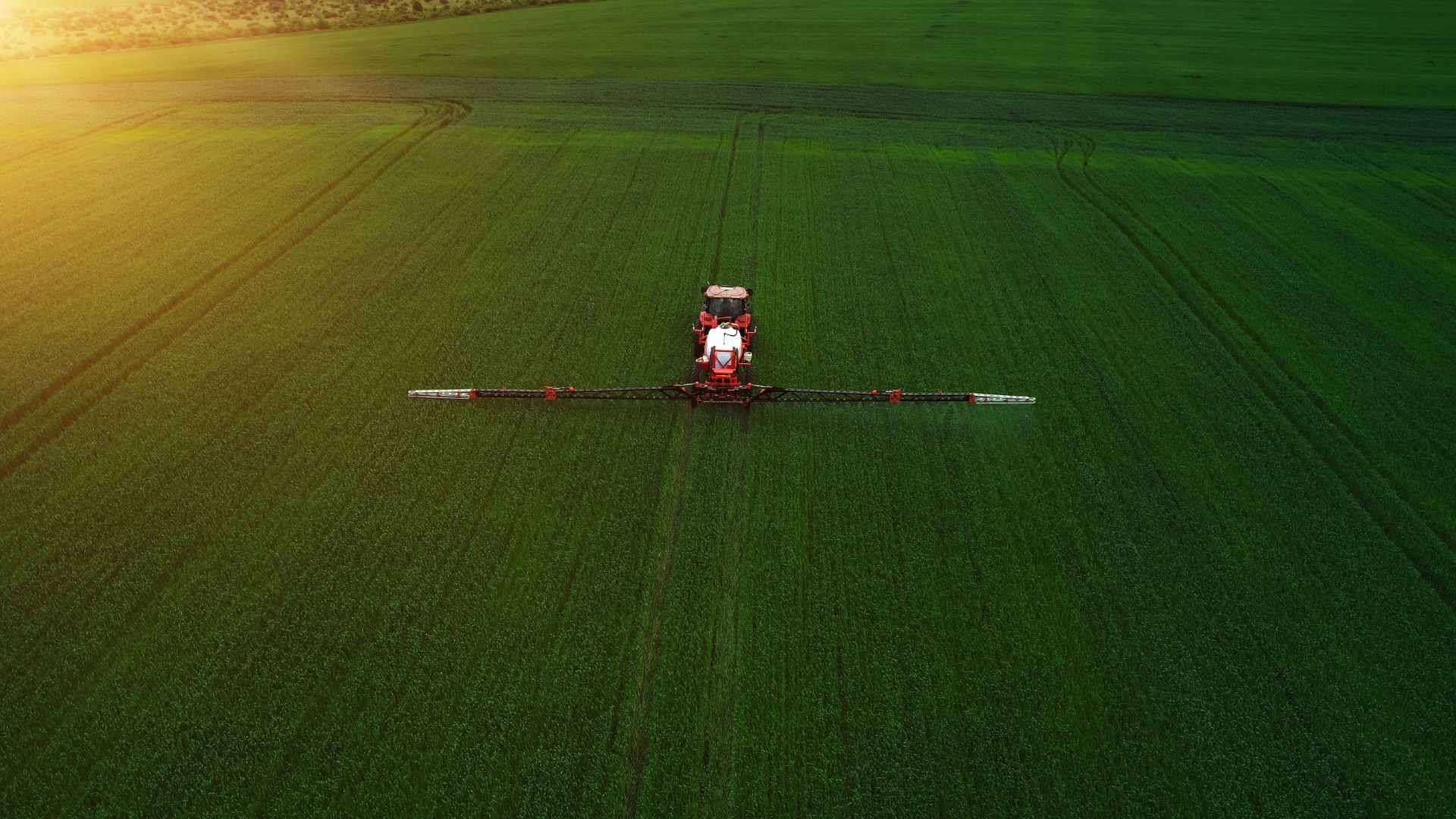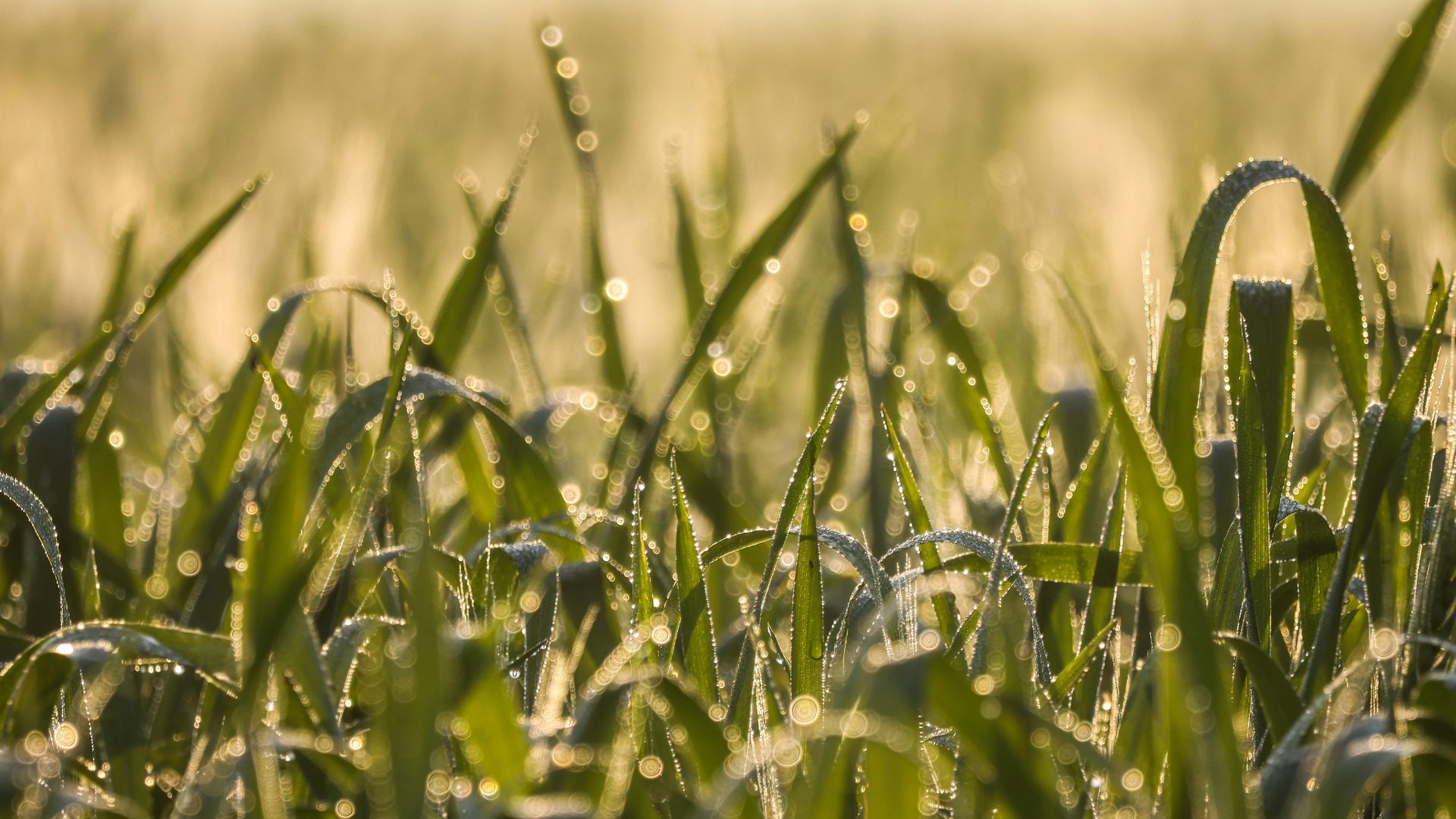How Satellites Enhance Agricultural Efficiency Through Precision Farming

The agriculture industry is undergoing a technological revolution, with satellite data playing a critical role in improving farming efficiency and sustainability. Precision farming—an approach that uses advanced data analysis to optimize crop management—relies heavily on satellite imagery to monitor soil conditions, plant health, and weather patterns. By leveraging satellite technology, farmers can reduce resource waste, increase yields, and make informed decisions that enhance food production.

One of the primary benefits of satellites in agriculture is remote sensing, which enables farmers to assess crop health using multispectral and thermal imaging. Satellites such as Sentinel-2 and Landsat detect variations in vegetation by analyzing reflected light, allowing farmers to identify nutrient deficiencies, disease outbreaks, or drought stress before they become visible to the naked eye. This early detection helps farmers take targeted action, reducing the risk of crop loss.

Satellites also provide crucial data for irrigation management by measuring soil moisture levels. Missions like NASA’s SMAP (Soil Moisture Active Passive) satellite help farmers optimize water usage, ensuring that irrigation is applied precisely where it is needed. This technology is especially beneficial in regions affected by water scarcity, where efficient water management is essential for sustaining agriculture.

Beyond monitoring, satellites play a role in agricultural forecasting by tracking weather patterns and predicting droughts, floods, or extreme temperatures. This data allows farmers to plan planting and harvesting schedules more effectively, reducing financial risks associated with climate variability. As satellite technology continues to advance, its integration into precision farming will become even more refined, supporting global food security and sustainable agriculture practices.

Newsletter
Every week, we send out latest useful news. Subscribe and get the free newsletter in your inbox.
